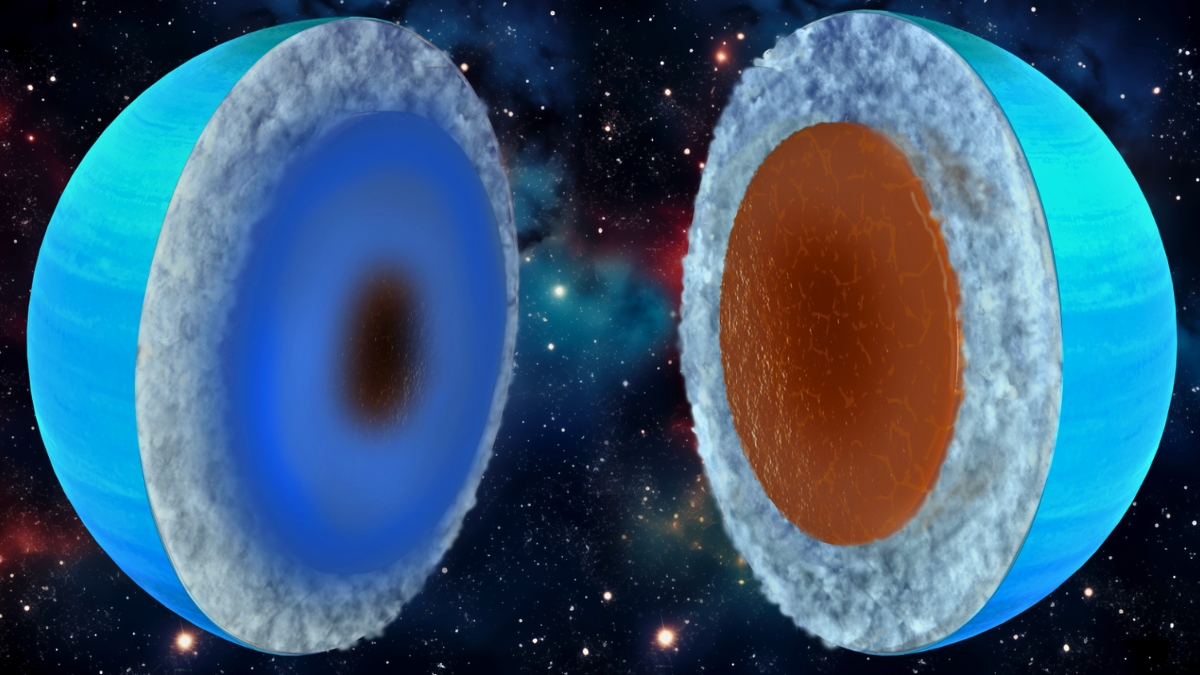Shifting focus on a visual scene without moving our eyes – think driving, or reading a room for the reaction to your joke – is a behavior known as covert attention. We do it all the time, but little is known about its…
Category: 7. Science
-
Moments of Geminid meteor shower in Sri Lanka-Xinhua
Photo taken on Dec. 15, 2025 shows the Geminid meteor shower in the sky over Puttalam, Sri Lanka. (Photo by Thilina Kaluthotage/Xinhua) PUTTALAM, Sri Lanka, Dec. 16 (Xinhua) — The Geminid meteor shower put on a dazzling cosmic firework show as…
Continue Reading
-

Uranus And Neptune May Not Be ‘Ice Giants’ After All, Study Suggests : ScienceAlert
Although they are technically gas giants, Uranus and Neptune are referred to as “ice giants” due to their composition.
This refers to the fact that Uranus and Neptune have more methane, water, and other volatiles than their larger…
Continue Reading
-

Bose-hubbard Model Study Reveals Zero Critical Exponent In Dynamical Quantum Phase Transitions
Understanding the dynamics of quantum systems as they transition between different states remains a central challenge in physics, and recent work by Jia Li and Yajiang Hao from the University of Science and Technology Beijing, along with their…
Continue Reading
-

Using sound waves to soften tumors and boost chemotherapy
Cancer is one of the leading causes of death in the U.S., second only to heart disease. But a new cancer treatment method from CU Boulder researchers uses sound waves to soften tumors and could be a potent tool against the…
Continue Reading
-
Efforts By NASA To Resume Mars MAVEN Mission Ops Continue
Efforts By NASA To Resume Mars MAVEN Mission Ops Continue | Aviation Week Network Starfish Space, Impulse Space Perform Autonomous Rendezvous Ops | Aviation Week Network
